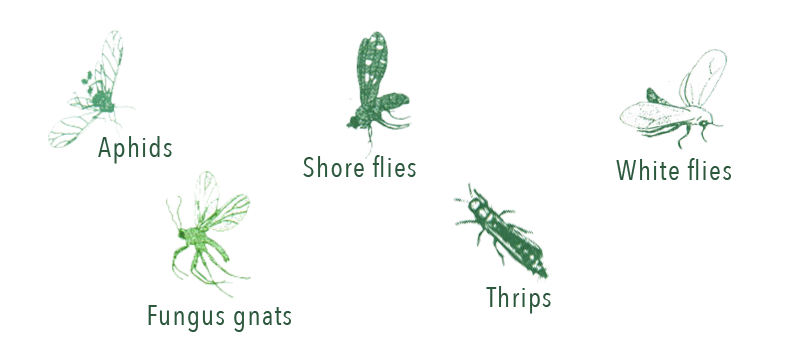
In a single acre of earth, you may find thousands of insect species and many millions of individual insects. Not surprising really; insects are by far the predominant group of animals on the planet. More than a million species have been identified, more than all other animal species combined. Insects rule terra firma but not the seas. A few marine insect species exist, but that ecological niche is largely populated by crustaceans. Arachnids are not insects. Common arachnids are ticks, spiders, and mites.
The good, the bad, and the ugly
Humans view everything in terms of how it affects us, and that is one way we categorize insects. Beneficial insects include bees we rely on for pollination of fruits and vegetables. Pollination is required to produce many products, including clover (hence beef,) coffee, and flowers. Besides silk and honey, some important medicines are derived from insects. On the negative side, some insects are destructive, to plants, forests, crops, clothing, even to our homes. Some insects bite or sting us, or leave us with an itchy spot. Others transmit diseases— Europe’s Black Plague bacterium was transmitted by fleas on rats. Some scientists believe insects may outlive our own species. They have existed on earth a hundred times as long as humans have. In that vast time, they have evolved many varied adaptations to all the planet’s terrestrial environments.
Ch-ch-ch-changes
Many insect species undergo simple metamorphosis. Juveniles, called nymphs, look like small versions of the adults except the wings are missing or underdeveloped. The development stages are egg, nymph, and adult. Grasshoppers undergo simple metamorphosis.
A small number of insect species do not undergo metamorphosis. Juveniles, called young, look like small versions of the adults. The development stages are egg, young, and adult. Silverfish is a species with no metamorphosis.
Even closely related insect species can have very different life cycles and vary greatly in response to control measures. Knowledge of the specific species and its life cycle is essential information for the timing of your control measures.





